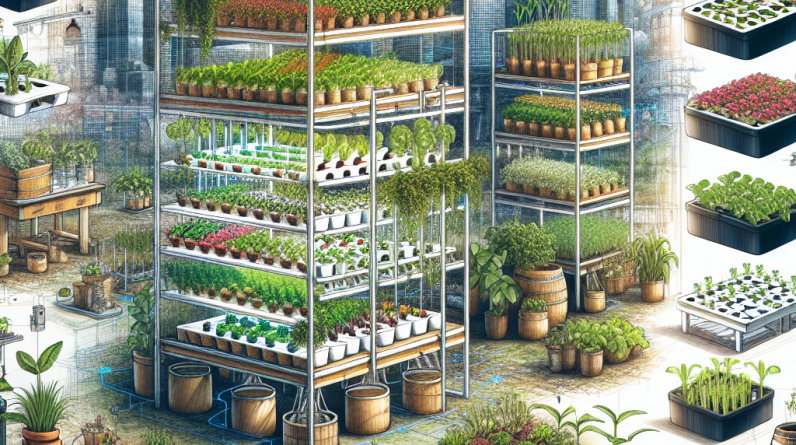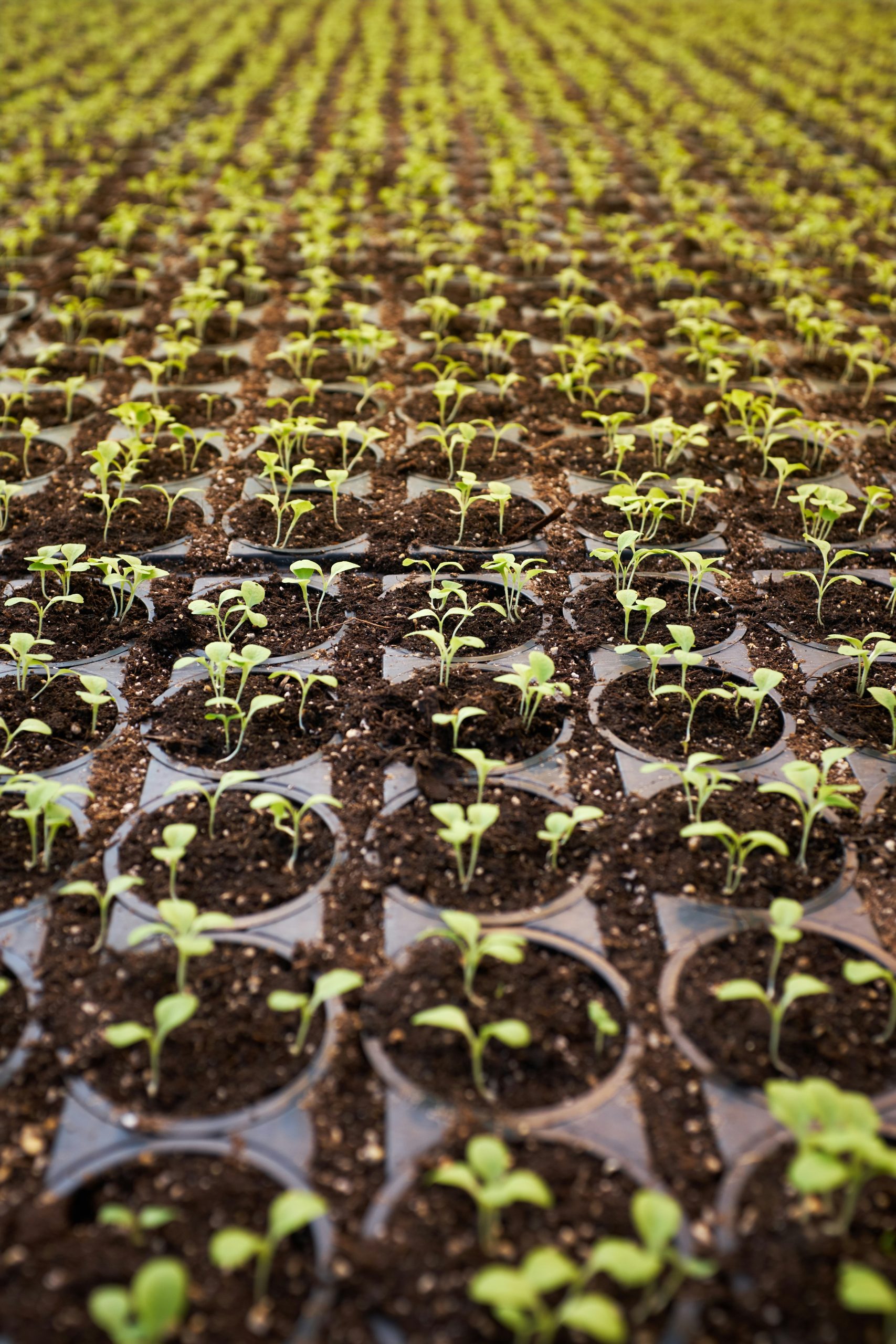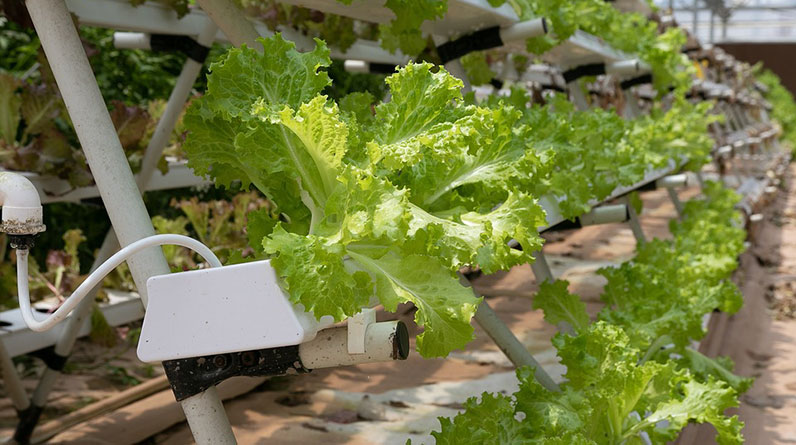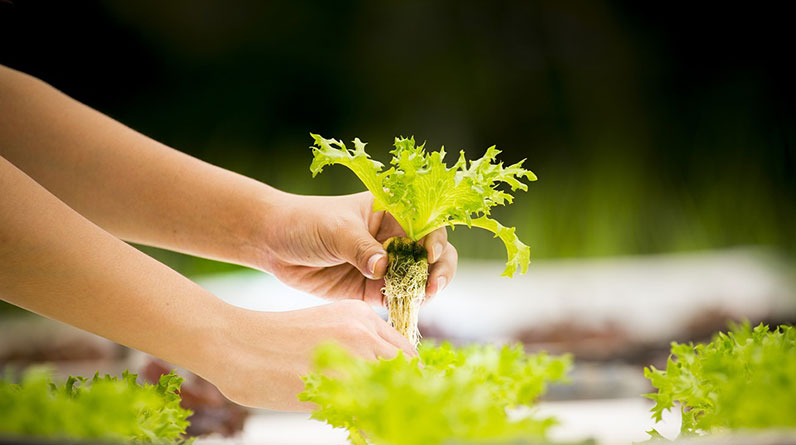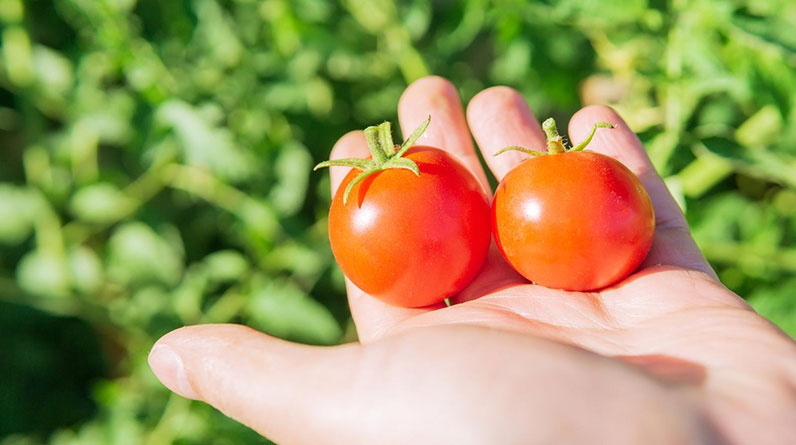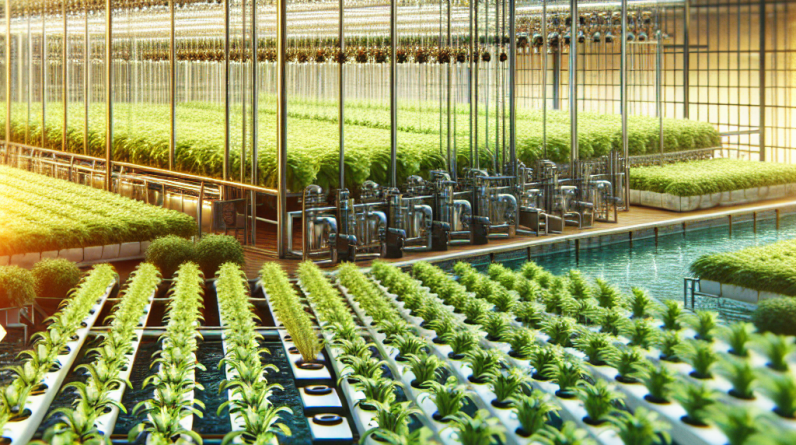
Understanding Hydroponics
What is Hydroponics?
When I first stumbled upon hydroponics, I was captivated by the idea of growing plants without soil. Instead of dirt, these plants thrive on nutrient-rich water solutions. It’s a game changer, especially for urban farmers or those with limited space. Hydroponics allows us to grow food almost anywhere, and trust me, it’s as cool as it sounds!
The beauty of hydroponics lies in its ability to use less water than traditional farming. Moreover, since you control every aspect of the nutrient solution, plants can grow faster and healthier. I’m talking twice the growth rate or more, and who wouldn’t want that? Starting my own hydroponic farm was one of the best decisions I ever made.
It’s not just a trend; it’s a sustainable way to produce food. Plus, with the world moving towards more green solutions, hydroponics fits right in. It’s the future of farming, and if you’re looking to dive into something fresh, this is where it’s at. Trust me, you won’t regret it!
Setting Up Your Hydroponic System
Choosing the Right System
Now that I’ve shared what hydroponics is, let’s talk about how to set up a hydroponic system. One of the first things you’ll want to do is choose a system that fits your needs. There are plenty of options like Deep Water Culture, Nutrient Film Technique, or even Aeroponics. I personally started with the Deep Water Culture because it was straightforward and effective for beginners.
Once you’ve picked your system, the next step is to gather materials. You’ll need containers, a reservoir for water, and a pump to circulate the nutrients. Don’t worry! You can find most of these supplies online or at your local garden center. And remember, it doesn’t have to be fancy—sometimes, simple works best!
After you have everything, setting it up is where the fun begins! I love arranging my system and watching it all come together. Make sure to follow the instructions closely and test your pH and nutrient balance regularly. This way, you can ensure your plants thrive like crazy!
Choosing the Right Crops
Best Plants for Beginners
Choosing the right crops is crucial, especially when starting out. In my experience, leafy greens like lettuce, spinach, and herbs are among the easiest to grow. They flourish in a hydroponic setup and they’re always in demand at local markets. Plus, they grow quickly, so you won’t be waiting around forever to harvest!
As you gain more confidence, you can experiment with fruits and other vegetables. Tomatoes and strawberries can be a blast to grow hydroponically. After a while, I’d suggest to just start small and gradually build up your crop variety once you get the hang of it. Don’t be afraid to mix it up!
Networking with other hydroponic farmers helped me immensely when deciding which crops to choose. Join online forums or local farming groups. The more advice you gather, the better your crop decisions will be. Believe me, sharing experiences with fellow enthusiasts is priceless!
Marketing Your Produce
Finding Your Audience
Once you’ve got a healthy harvest, it’s time to think about marketing. You need to find your audience! Local farmers’ markets are fantastic places to start. I’ve made many loyal customers just by chatting with folks at the market and sharing samples of my hydroponic veggies.
Don’t discount the power of social media! Platforms like Instagram and Facebook are perfect for showcasing your produce. Post vivid pictures of your fresh greens and maybe even share your farming journey. Building an online presence can widen your reach and attract customers from all over.
Another tip I learned is to connect with local restaurants. Many chefs love incorporating fresh, local produce into their menus. If you can strike a deal with a few restaurants, you not only sell your product but also create ongoing partnerships that can lead to consistent income!
Scaling Your Hydroponic Farm
Expanding Your Operations
Once you get the hang of growing and selling, you might want to think of scaling your operations. This step can be tricky, but it’s all about finding balance. Maybe consider expanding your system or trying out new crop variations. I’ve invested in larger systems as my demand grew, and it’s paid off!
Diving into community-supported agriculture (CSA) programs can help you get your products into more homes. People love knowing where their food comes from, and CSAs promote that local connection. With a solid plan, you can increase your production and decrease waste!
Finally, keep an eye on the market trends. Being adaptable is vital. If a particular crop becomes trendy or demand spikes for a certain product, you’re going to want to adjust your plans accordingly. It’s all about staying ahead of the game!
Frequently Asked Questions
1. What is the initial investment required to start a hydroponic farm?
The initial investment can vary widely based on the system you choose and scale of your farm. A small home setup might be a few hundred dollars, while larger commercial systems can run into the thousands. It’s best to start with a budget in mind!
2. Can I grow hydroponically indoors?
Absolutely! Growing hydroponically indoors is one of the biggest perks. You can control the environment, and many setups are designed for indoor use. Just make sure you have adequate lighting and ventilation to keep those plants happy.
3. How often do I need to feed my plants?
Feeding frequency will depend on the type of plants and the system you’re using. Typically, you’ll want to check your nutrient solutions weekly. It’s like giving them a buffet whenever they need it! Just keep an eye on their growth and adjust accordingly.
4. Are there any certifications needed for selling hydroponic produce?
It really depends on your location. Some places may require sales permits or food safety certifications. Always check your local regulations before diving into sales. I learned this the hard way!
5. What challenges can I expect while starting a hydroponic farm?
Some common challenges include nutrient management, system maintenance, and pest control. But with a little research and patience, you can work through most issues. Staying informed and connecting with others can help tackle these challenges head-on!



